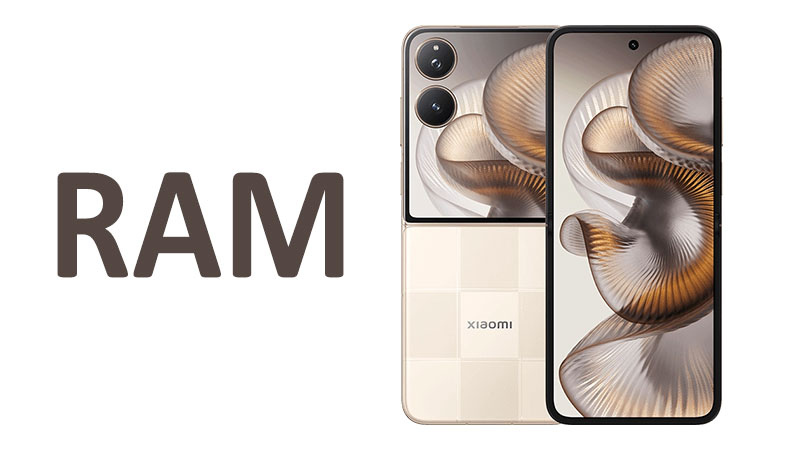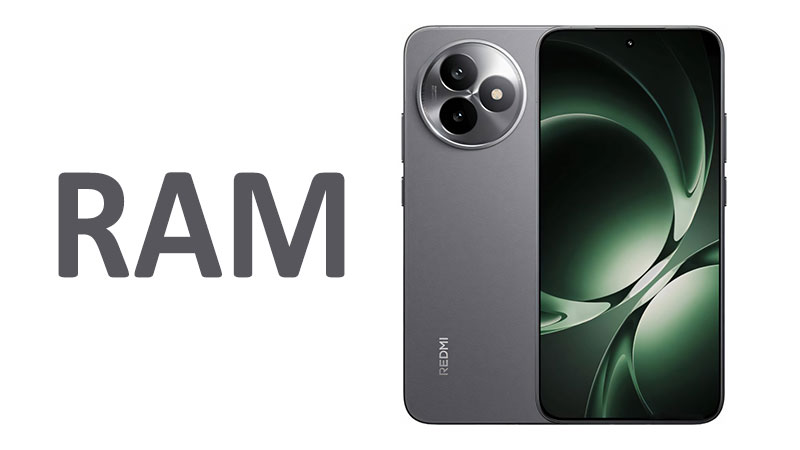The modern smartphone is a powerhouse. It handles complex tasks with ease. But what makes this possible? The answer often lies in a single component: RAM. Random Access Memory, or RAM, is the lifeblood of a device’s performance. It is crucial for speed and responsiveness. With the introduction of the new iPhone Air, Apple has once again pushed the boundaries. The Apple iPhone Air RAM capacity and its performance have become a major talking point. This article will provide an in-depth look at this critical component. We will explore how it influences everything from daily use to demanding creative tasks. We will also examine how it compares to previous models and key competitors.
A New Standard: 12GB of RAM
The iPhone Air breaks new ground for a non-Pro iPhone. It comes equipped with a massive 12GB of RAM. This is a significant leap forward. It is the same amount of RAM found in the flagship iPhone 17 Pro models. This decision by Apple signals a new philosophy. They are focusing on delivering high-end performance in a lighter, more accessible package. This 12GB RAM capacity is a key feature. It is a major upgrade over the 8GB of RAM in the standard iPhone 17. The jump from 8GB to 12GB is not just a number. It represents a fundamental shift in user experience.
Specialized Comparisons: iPhone Air vs. The Competition
How does the iPhone Air RAM stack up? The 12GB of RAM puts it on par with the most powerful Android flagships. Many top-tier Android phones offer 12GB or even 16GB of RAM. However, Apple’s iOS ecosystem is different. iOS is known for its incredible memory optimization. It manages resources more efficiently than Android. This means that 12GB of RAM on an iPhone often delivers a smoother experience. It can feel like more RAM on an Android device.
Comparing it to previous iPhones shows a clear trend. The iPhone 16 series had 8GB of RAM across the board. The iPhone Air’s 12GB is a 50% increase. This a huge jump. It provides a future-proof foundation for upcoming software. It also handles new, demanding features with ease.
The Power of a 12GB RAM Capacity
A larger RAM capacity offers several key benefits. It allows the phone to hold more data in temporary memory. This means apps can launch instantly. The system can keep more applications “alive” in the background. This drastically improves multitasking. You can switch between apps without them reloading. This is especially noticeable with heavy apps like games or video editors.
The A19 Pro chip works in harmony with the 12GB RAM. This chipset is a true powerhouse. It features a new 6-core CPU and a 5-core GPU. The A19 Pro chip delivers exceptional performance. It handles intensive tasks effortlessly. This combination of a powerful chip and large RAM is a winning formula. It makes the iPhone Air a genuine performance leader.
Performance & Multitasking: A Seamless Experience
The 12GB of RAM in the iPhone Air is a game-changer. It transforms the way users interact with their device. Multitasking is a key beneficiary. Switching between apps is incredibly fast. Apps stay open in the background for much longer. This prevents frustrating reloads. Imagine working on a document, then switching to a web browser. You can go back to your document and find it exactly where you left it. This seamless flow saves time and effort.
High-performance applications also benefit. Mobile gaming is smoother than ever. Graphics-intensive games run with higher frame rates. There is less stuttering or lag. Video editing on the go is more efficient. The phone can handle larger files and more complex timelines. This is a massive plus for creators. Even everyday tasks feel snappier. Scrolling through social media or browsing the web feels instantaneous.
Pros and Cons of the Apple iPhone Air RAM
Pros:
- Exceptional Multitasking: The 12GB RAM ensures smooth app switching. Apps stay active in the background for extended periods. This improves overall efficiency.
- Enhanced Performance: The larger RAM works with the A19 Pro chip. It provides a performance boost for all tasks. This includes gaming and video editing.
- Future-Proofing: More RAM is essential for future software updates. It will support new features and more complex applications. This extends the phone’s lifespan.
- Seamless User Experience: The added capacity creates a fluid, responsive feel. It eliminates frustrating reloads and stutters. This makes the phone feel incredibly fast.
Cons:
- Potential for Thermal Throttling: The iPhone Air has a very thin design. It lacks the vapor chamber cooling of the Pro models. This could lead to thermal throttling during sustained, heavy use.
- Not a Universal Need: For many average users, 8GB of RAM is still more than enough. The 12GB might be overkill for light use. Users who only browse social media may not notice the difference.
- Cost: The advanced features contribute to a higher price tag. This makes the iPhone Air more expensive than the standard iPhone 17.
What Buyers Need to Know
The iPhone Air is a unique device. Rather than replacing the standard model, it introduces a new option in the lineup. Positioned between the base iPhone 17 and the iPhone 17 Pro, it offers a thin, lightweight design paired with Pro-level performance. Its main appeal lies in that balance of portability and power, though buyers should weigh their own usage habits before choosing.
The 12GB RAM is a significant feature. It is a major reason to choose the Air over the standard iPhone 17. If you are a power user, this is a must-have. Gamers, content creators, and professionals will appreciate the extra power. The ability to run multiple demanding apps is a huge advantage.
However, consider the trade-offs. The iPhone Air has a smaller battery. Its camera system is less versatile than the Pro models. It also uses a 5-core GPU, while the Pro models use a 6-core GPU. This means the iPhone 17 Pro and Pro Max will still have an edge in graphics. The lack of a vapor chamber also raises questions about sustained performance.
For the average user, the standard iPhone 17 is still an excellent choice. Its 8GB of RAM is more than sufficient for most tasks. If you prioritize a stunning display and a lightweight design, the iPhone Air is perfect. If you need the ultimate performance and best cameras, the Pro models are a better fit. The iPhone Air is a new middle ground. It offers a premium experience without all the bells and whistles of the Pro models.
Conclusion
The Apple iPhone Air RAM is a major highlight of this new device. With a capacity of 12GB, it sets a new standard for performance outside of the Pro lineup. This RAM, coupled with the powerful A19 Pro chip, creates a truly seamless user experience. It dramatically improves multitasking. It also enhances the performance of demanding apps. The iPhone Air is a perfect device for a specific type of user. It targets those who want Pro-level speed in a more elegant, lightweight package.
The 12GB RAM is a clear advantage over the base iPhone 17. It allows for effortless app switching and powerful on-device AI. However, potential buyers should be aware of the compromises. The thin design may affect sustained performance. The camera system is not as versatile as the Pro models. Ultimately, the iPhone Air is a compelling choice. It offers an excellent balance of design and performance. Its RAM capacity is a key factor in this equation. It provides the power needed for today’s most demanding tasks and for the software of tomorrow.
FAQ
What is the RAM capacity of the Apple iPhone Air?
The Apple iPhone Air comes with 12GB of RAM.
How does the iPhone Air RAM compare to the iPhone 17 Pro?
The iPhone Air has the same 12GB RAM as the iPhone 17 Pro models.
Is 12GB of RAM necessary for an iPhone?
For power users, 12GB RAM is a significant upgrade. It is crucial for intensive multitasking and running demanding apps.
Will more RAM improve battery life?
No, more RAM can sometimes lead to slightly higher power consumption. However, Apple’s software is highly optimized for efficiency.
Does the iPhone Air have better performance than the iPhone 17?
Yes. The iPhone Air features the A19 Pro chip and 12GB of RAM. This makes it significantly more powerful than the standard iPhone 17.



